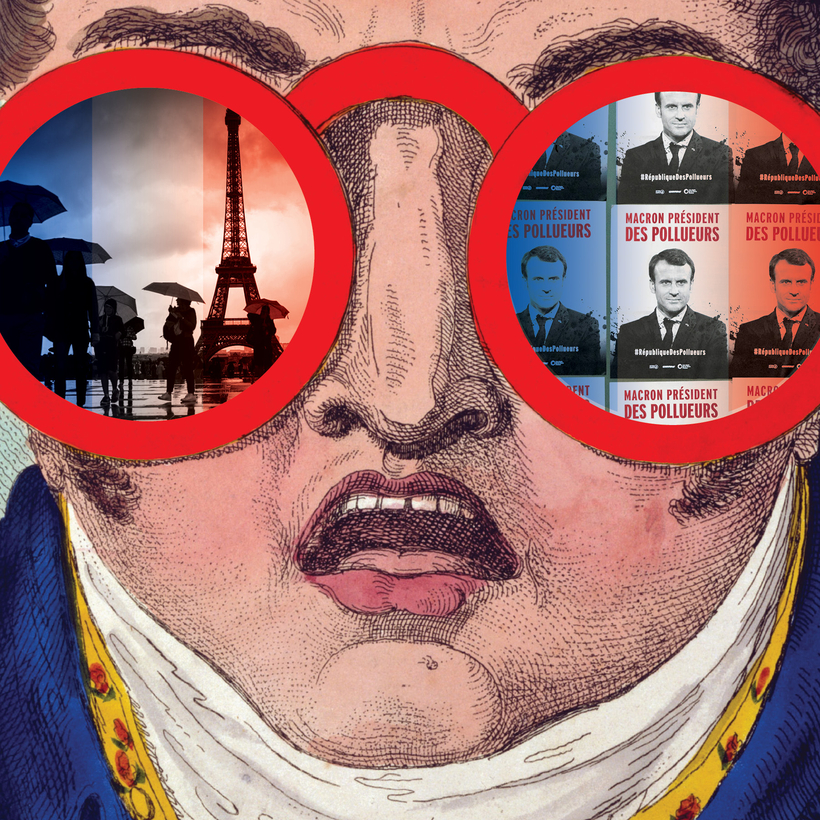For the past month, France has been paralyzed by train and subway strikes. Many people walk four hours a day to go to work and back. Bicycles, trottinettes (scooters), and all kinds of rolling transport systems have been developed to the point where accidents have risen all around big cities. Christmas vacations were spoiled for lack of trains, airplanes are still fully booked, and there is not one car to be rented.
But many Parisians grumblingly adapt as they did during the German occupation. They use “Système D” (débrouille: manage): walk, bike, and lean on the ride-sharing service BlaBlaCar. Companies hire hotel rooms for their employees who live far away, the Louvre closes at 5:30 p.m. on some days, and the two automatic subway lines in Paris, the 1 and the 14, now attract everyone … including the very rich.
How long is this challenging situation going to last? In his New Year’s Eve address, President Macron said he would stick to his pension reforms and refused to bend to union demands, so it’s likely that the disruptions will stay routine for a while.
The discomfort and uncertainty are taxing, but one thing that has changed for the better is that, for now at least, the strikes have brought a sense of solidarity so often absent from modern life. People speak to each other on buses, everyone walks, and the streets are lively. An English friend who walked from the Gare du Nord to the Madeleine—a distance of about two miles—told me how happy she was to have discovered new streets and shops on the way.

To cheer myself up, I walked across Paris to see a wonderful flower man, Vincent Laissard, whom I met recently and who has a shop, Rosebud, on the Place de l’Odéon. The poetry and refinement of his bouquets emanate directly from his personality, and I first encountered his flower arrangements at the funeral of the British photographer John Stewart, in 2017. He had worked on a poppy theme to echo John’s photographs of the flower.
Stewart was a prisoner of the Japanese during W.W. II and had survived the unbearably harsh conditions of working on the building of the railroad line and the bridge over the River Kwai. (He was later a consultant on the David Lean film.) Strangely enough, he developed a love for the culture and traditions of Japan after learning Japanese from the soldiers, and probably survived because he could act as the interpreter for the other prisoners.
At the end of his career (he died at 97), he took wonderful Morandi-type photographs of ceramics for sale at Astier de Villatte on the Rue Saint-Honoré.
This time, for New Year’s, Rosebud, facing the Odéon-Théâtre de l’Europe, was overwhelmed with holly and Christmas roses, or “hellebores,” as they are called by true gardeners. One needs poetry and beauty in the time of strikes. And I found my little paradise, which I am sharing with you.
Laure de Gramont is an Editor at Large for Air Mail


